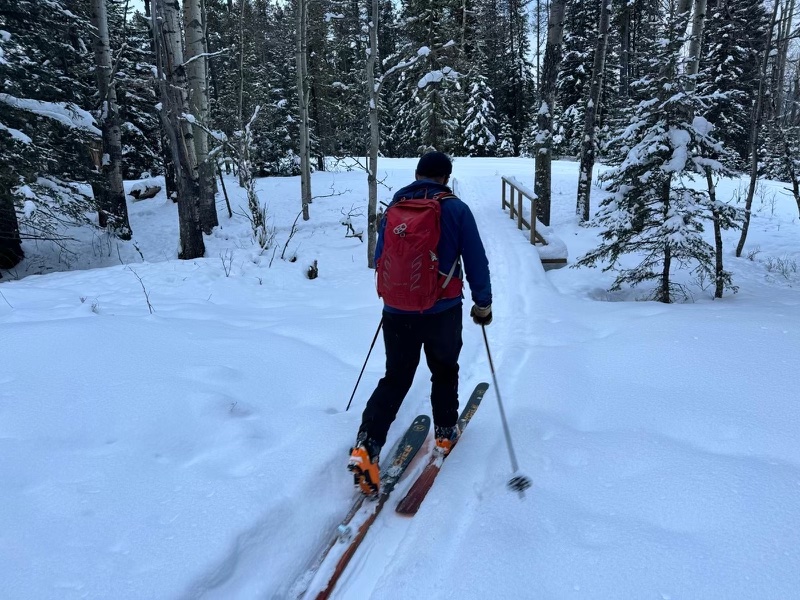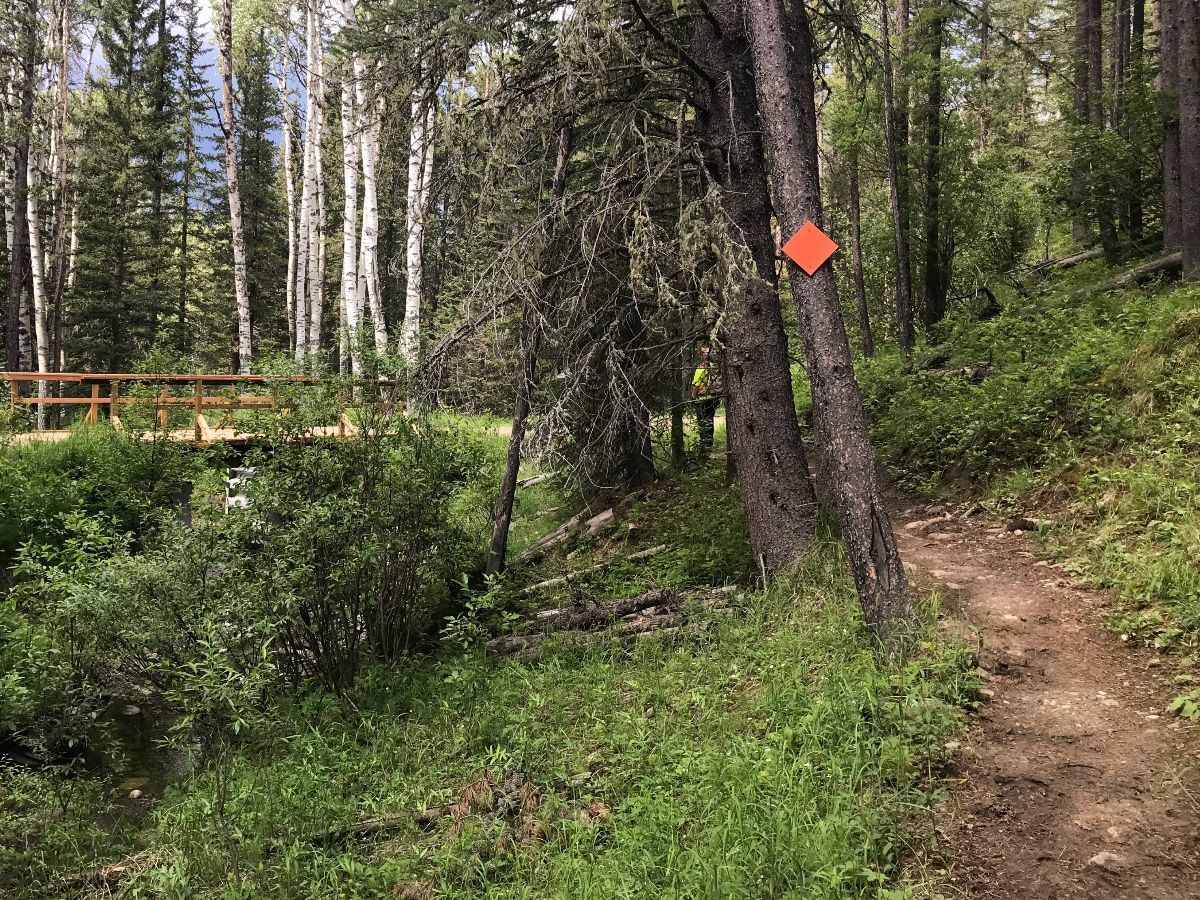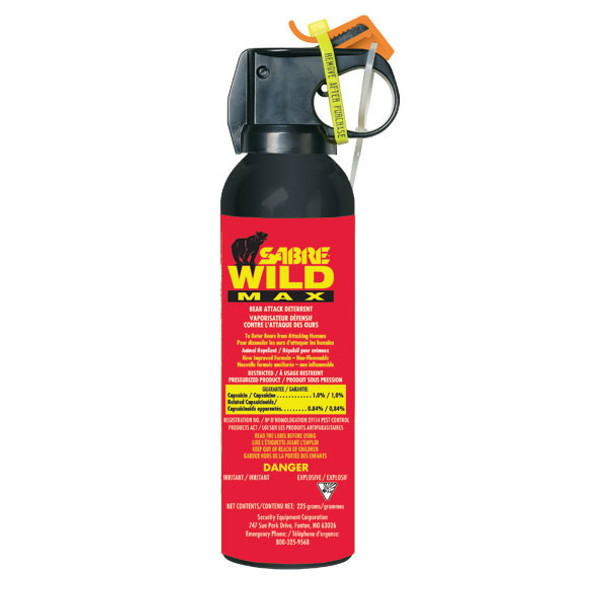I hate to be the bearer of bad news, but not everything you’ve read on the Internet is true. This month I’m here to dispel some popular misconceptions about our coldest months in the great outdoors, so you can just go ahead and forget these ten common misbeliefs.
Myth: Drinking alcohol will help you stay warm.
Fact: I’m not here to ruin a good time, and consuming alcohol may make you feel warmer, but it actually decreases your body’s core temperature. Since alcohol is a vasodilator it causes the blood vessels just below your skin’s surface to dilate, creating that false sensation of warmth.
Myth: Eating snow will keep you hydrated.
Fact: Our bodies need water to survive. Eating snow is not the same as consuming water though. Snow is in a solid state and the cells in our body require water to be in liquid form. So when we consume snow, our bodies need to burn energy to melt the snow into water so it can be used. Our organs must work harder to heat up that snow in order for it to melt, which actually leads to us becoming further dehydrated. Melting snow, using a camp stove for example, is a great way to replenish your water supply while on outdoor excursions, just make sure you avoid the yellow snow!
Myth: You can drink less water in cold weather.
Fact: Staying on the topic of hydration, many people believe they won’t need as much water during outdoor activities in the winter. Some of us get less thirsty in colder weather and therefore consume less water. But being less thirsty doesn’t necessarily mean you’re not getting dehydrated though. Regardless of the temperature outside, our bodies lose moisture through respiration, perspiration, urination, and bodily functions, so just because you may not be sweating as much in the winter, you still need to replenish your fluids, especially during vigorous activities.
Myth: Rubbing frostbitten skin helps to re-warm it.
Fact: We all know that friction causes heat, but what’s good in some instances, is a bad idea in others. This is especially true for frostbite. Rubbing frostbitten skin in an attempt to rewarm it can cause further tissue damage to the affected area. The best treatment method is using warm water to slowly rewarm the skin.
Myth: Putting someone with hypothermia into a hot tub is a good idea.
Fact: Rewarming is the main treatment method for someone who is suffering from cold exposure, but not all rewarming methods are created equal. Dropping someone into a hot tub, jacuzzi, hot bath, steam room, or sauna will be extremely painful for the victim’s skin and could even cause a heart attack. Instead, slowly rewarm their body using blankets, hot water bottles, and removing them from the elements.
Myth: You lose most of your heat from your head.
Fact: This myth has been around for decades and likely originated from a US Army manual that stated nearly half of body heat is lost through the head. Scientists have since debunked this claim and have determined that heat loss through the head is proportional to the rest of your body. However, your head, face, and chest are more sensitive to changes in temperature than the rest of your body, so covering them up makes it feel like you’re doing more to prevent heat loss.
Myth: You can’t get a sunburn in the winter.
Fact: While most of us associate sunscreen with the warmest months of the year, protecting our skin from burns in the winter is still important. UVB rays are the main cause of sunburn. Those rays are even more intense at higher elevations or when reflecting off of snow or ice. In fact, snow can reflect up to 80% of the sun’s UV light, which means they can hit you twice, increasing your chances of getting burnt.
Myth: You don’t need to carry bear spray in the winter.
Fact: While it is true that most of our bruin friends are enjoying a long winter’s nap, bears are not true hibernators. They actually go into a state called torpor, but can be roused from their slumber by changes in the weather or even human disturbances. This is why experts recommend carrying bear spray year-round. Plus, it can be effective on other wildlife, such as elk, coyotes, cougars, or wolves, so it’s always best to be prepared.
Myth: Cold air will make you sick.
Fact: Even though it’s called the common ‘cold’, cold air alone won’t actually make you sick. Viruses are to blame for our sicknesses. Many medical professionals conclude that the spike in cold/flus in the winter is because the colder temps usually force us indoors where viruses can spread more easily in close quarters. Just one more reason to brave the cold temps and get outside!
Myth: Your allergies will disappear in the winter.
Fact: We hate to break it to you, but for many people ‘seasonal’ allergies don’t exist and that’s because they suffer from allergy symptoms year-round. Although pollen isn’t much of a concern in the winter, other allergy sources, such as dust, pet dander, or mold, are still prevalent and with increased time spent inside, you’re exposed to these indoor sources more often.








